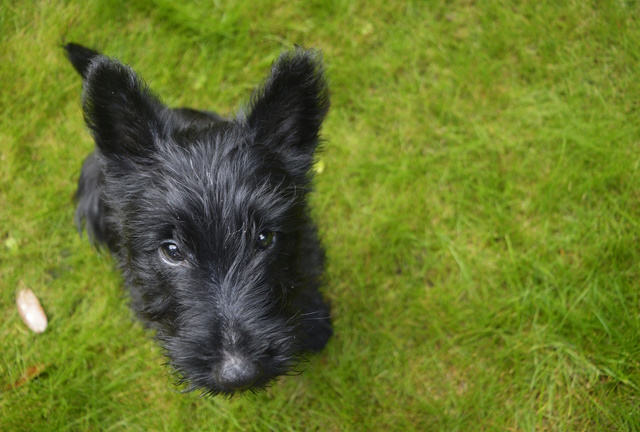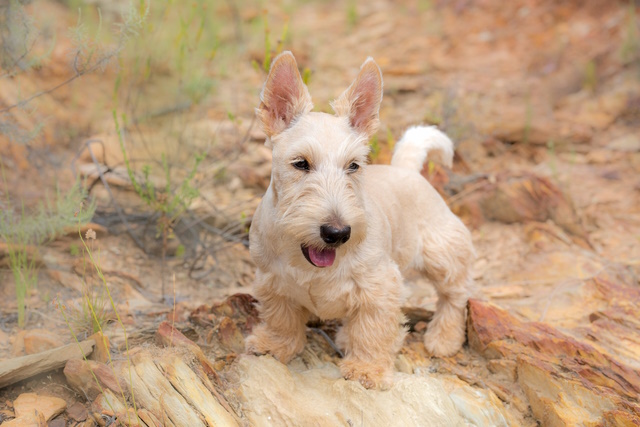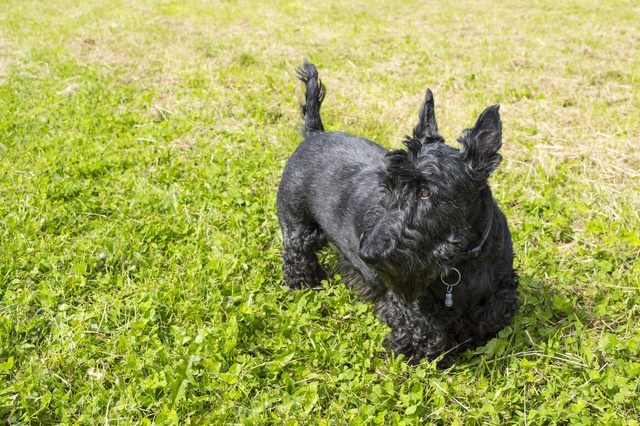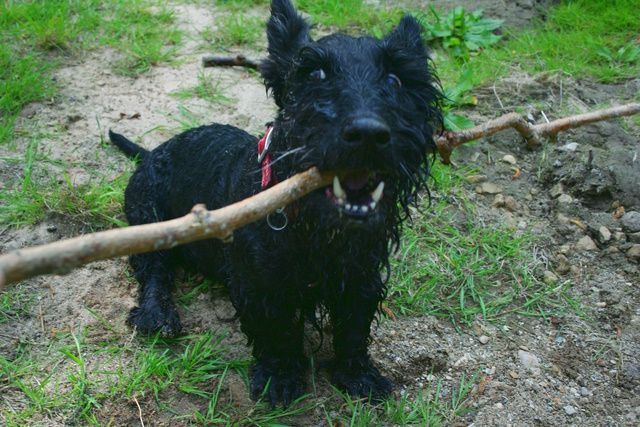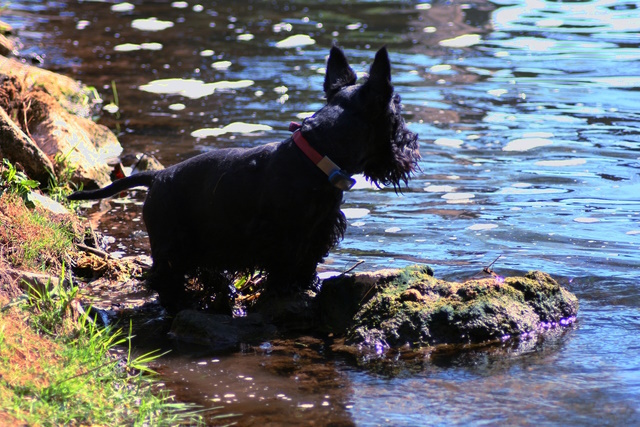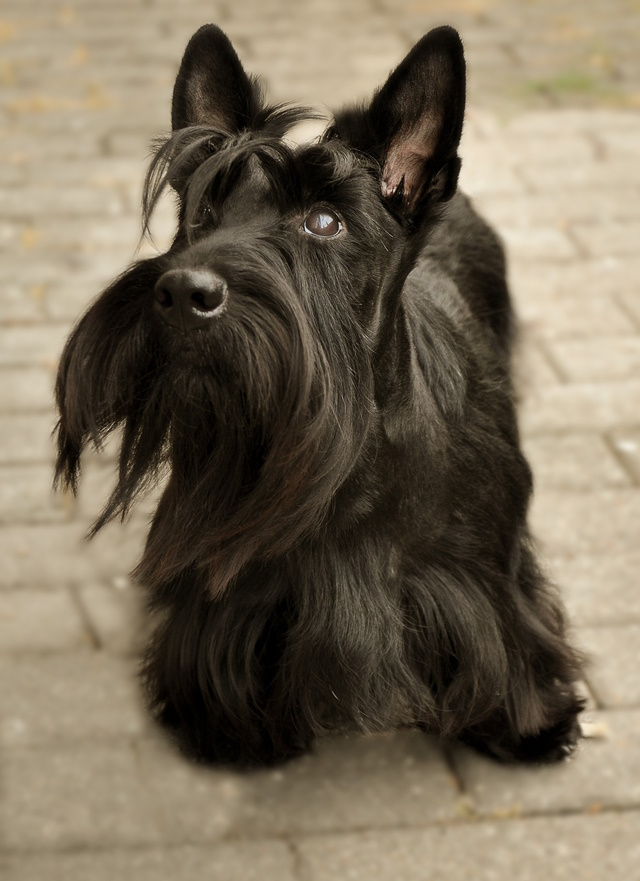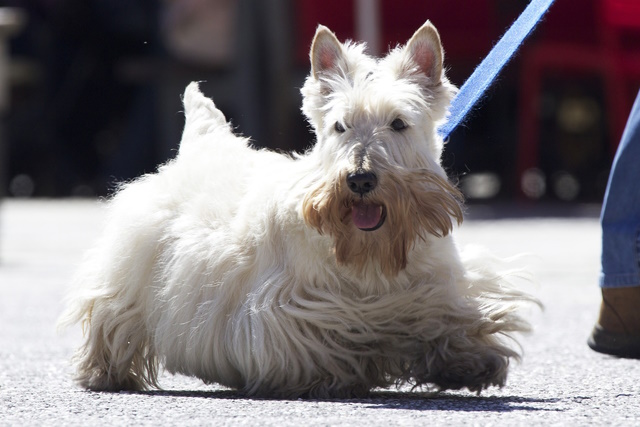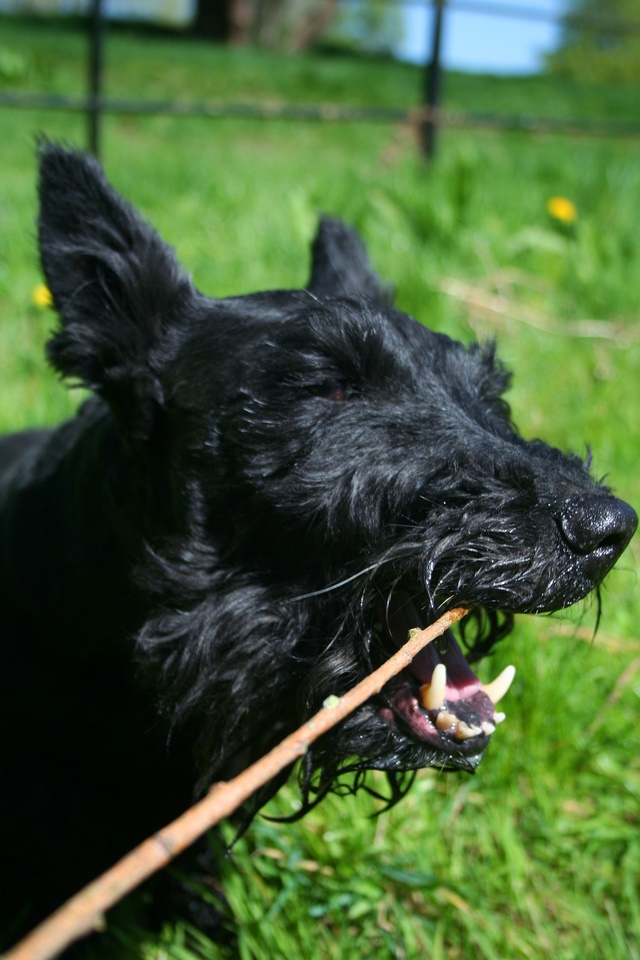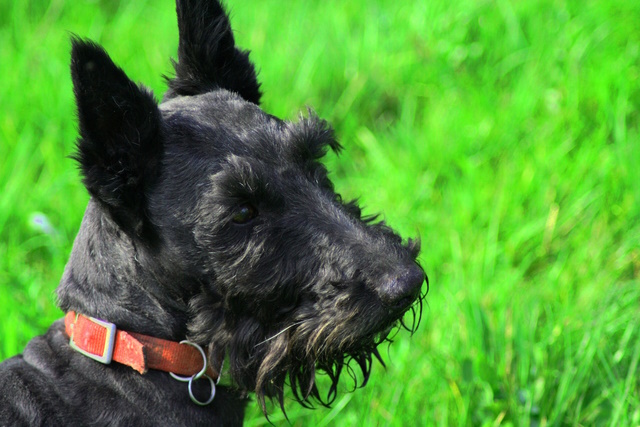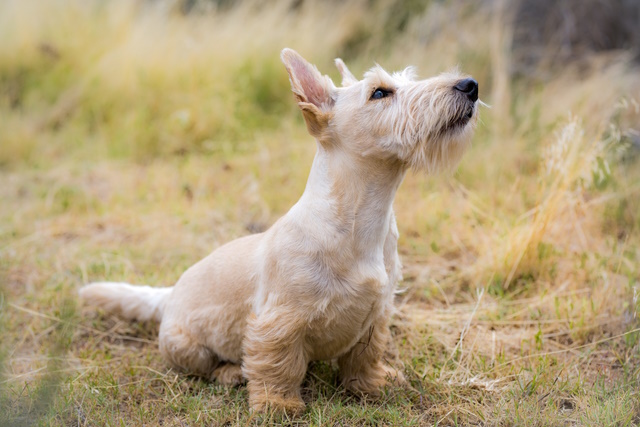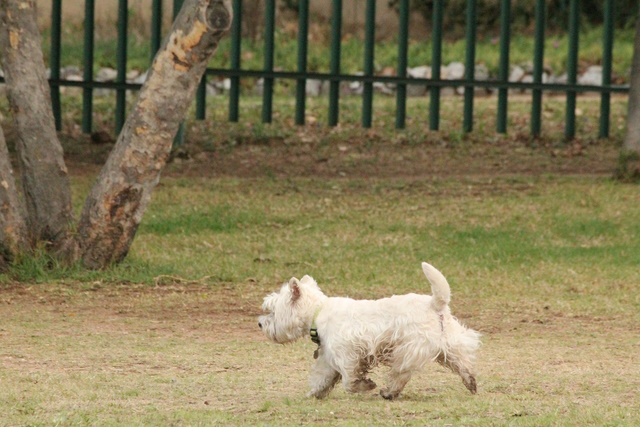The Scottish Terrier, also known as the “Scottie,” is a small but sturdy dog breed that has captured the hearts of dog lovers for over 400 years. This breed is known for its unique appearance, feisty personality, and loyal devotion to its family.
Origin
The Scottish Terrier is a small, but sturdy dog breed with a long history that can be traced back to Scotland. This breed was originally bred to hunt small animals like foxes, badgers, and rodents. The breed was first recognized in the late 19th century, and quickly gained popularity in the United Kingdom and around the world.
The Scottish Terrier is thought to be one of the oldest terrier breeds, with a history that can be traced back to the 1400s. The breed was developed in Scotland, with the exact origins being a bit unclear. Some believe that the Scottish Terrier is a descendant of the Skye Terrier, while others believe that the breed is a descendant of the Cairn Terrier.
The Scottish Terrier was originally bred to hunt rodents and small game, but its tenacious and loyal nature made it an ideal companion for families. The breed was also popular among royalty, with Queen Victoria being a big fan of the breed.
Today, the Scottish Terrier is still a popular breed among dog enthusiasts around the world, and its distinctive appearance and loyal temperament continue to win the hearts of many.
Appearance
The Scottish Terrier is a small, compact, and sturdy dog breed with a distinctive appearance that sets it apart from other terrier breeds. The breed typically stands about 10 inches tall at the shoulder and weighs between 18 and 22 pounds.
The Scottish Terrier has a long, wiry coat that comes in a range of colors, including black, wheaten, and brindle. The coat is thick and harsh to the touch, and requires regular grooming to keep it in good condition. The breed’s distinctive beard and eyebrows add to its rugged and dignified appearance.
The Scottish Terrier has a broad and strong head, with a short and wide muzzle. The breed’s small, pointed ears stand erect and give it an alert and attentive expression. The Scottish Terrier’s body is compact and muscular, with short legs that allow it to move quickly and with agility.
Overall, the Scottish Terrier has a distinctive appearance that is both elegant and rugged. Its unique features, such as its wiry coat and distinctive beard, make it instantly recognizable and beloved by dog enthusiasts around the world.
Temperament
The Scottish Terrier is a loyal, brave, and independent breed with a distinctive temperament that sets it apart from other dog breeds. This breed is known for its intelligence, tenacity, and strong-willed nature, which can make training a challenge at times. Scottish Terriers can also be quite stubborn, and may need a firm hand during training to ensure that they don’t develop bad habits.
Despite their sometimes challenging temperament, Scottish Terriers are known for their devotion to their owners and their loyalty to their family. This breed forms strong bonds with their owners and can be quite protective, making them excellent watchdogs. Scottish Terriers are also highly independent and self-sufficient, which can make them an ideal choice for people who lead busy lifestyles.
One thing to note about the Scottish Terrier’s temperament is that they can be quite reserved around strangers. This breed tends to be cautious around new people and may take some time to warm up to them. However, once they form a bond with someone, they are fiercely loyal and devoted.
Overall, the Scottish Terrier’s distinctive temperament is part of what makes this breed so beloved by dog enthusiasts around the world. While they can be a challenge to train at times, their loyalty, independence, and strong-willed nature make them a rewarding companion for those who are willing to put in the effort to properly train and care for them.
Grooming
The Scottish Terrier has a distinctive wiry coat that requires regular grooming to keep it in good condition. Their coat is double-layered, with a soft undercoat and a wiry topcoat, and can come in a range of colors including black, wheaten, and brindle. In general, the Scottish Terrier should be groomed at least once a week to prevent matting and keep their coat looking healthy and shiny.
When grooming a Scottish Terrier, it is important to use a slicker brush or pin brush to remove any loose hair and to prevent matting. Regular brushing will also help to distribute natural oils throughout the coat, which can help to keep it healthy and shiny. The breed also requires regular trimming around the face, ears, and feet to maintain a tidy appearance. With proper care and attention, this breed’s unique coat can be one of its most distinctive and beloved features.
In addition to regular brushing, Scottish Terriers should also be bathed regularly to keep their coat clean and free of debris. It is important to use a mild shampoo that is specifically formulated for dogs to avoid irritating their skin. After bathing, it is important to thoroughly dry the coat to prevent any moisture from getting trapped and causing skin irritations.
Finally, it is important to regularly clean a Scottish Terrier’s ears to prevent infections. This breed’s small, pointed ears can be prone to collecting debris, which can lead to ear infections if not properly cleaned.
Health
The Scottish Terrier is generally a healthy and hardy breed, with a lifespan of around 12-15 years. However, like all breeds, they can be prone to certain health issues that potential owners should be aware of.
One of the most common health issues that can affect Scottish Terriers is skin allergies. These can be caused by a number of different factors, including environmental allergens and food allergies. Symptoms of skin allergies can include excessive itching, redness, and hair loss. In some cases, treatment may involve dietary changes, medications, or regular bathing with special shampoos.
Another common health concern for Scottish Terriers is a condition known as Scottie cramp. This is a neurological disorder that can cause muscle spasms and difficulty with coordination. The severity of the condition can vary from mild to severe, and there is no cure. However, with proper care and management, most affected dogs can live happy and healthy lives.
Scottish Terriers can also be prone to a number of genetic health issues, including von Willebrand’s disease (a bleeding disorder), hip dysplasia (a joint condition that can cause pain and mobility issues), and bladder cancer. It is important for potential owners to choose a reputable breeder who screens their dogs for these and other health issues.
In addition to these health concerns, Scottish Terriers can be prone to weight gain and obesity. As with all breeds, it is important to provide them with a healthy diet and plenty of exercise to help maintain their overall health and well-being.
Overall, while Scottish Terriers are generally healthy and hardy, owners should be aware of the breed’s potential health issues and take steps to ensure their dog receives proper care and veterinary attention. With the right care and attention, Scottish Terriers can make loyal and loving companions for many years.


